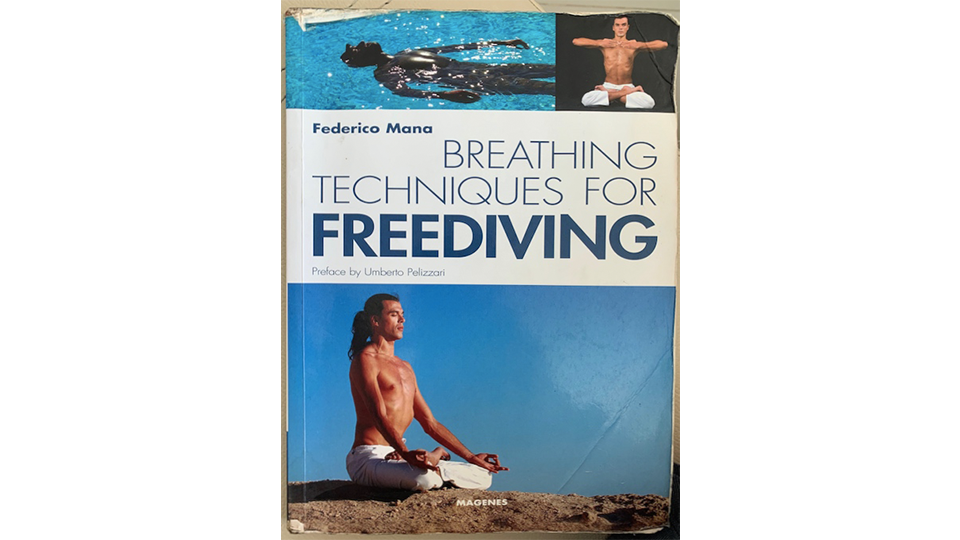Triangular Breathing
Mana, Federico. Breathing Techniques for Freediving
Each one of us different physical characteristics, therefore an ideal breathing rhythm does not exists, but we are aware of the fact that the longer inhalation and exhalation (controlled through muscle relaxation and without reaching a breathless point just after a few minutes of practice) the better results will come out of relaxation and ventilation. Use the triangular breathing to identify your own rhythm.
Execution
- Breathe deeply (exclusively through the nose) for a few minutes trying to slow down your respiratory rhythm.
- When you feel ready to follow the chart, inhale for four seconds and exhale for eight seconds (always through the nose only and remember to fill your lungs and empty them as much as you can). Repeat the sequence for six breathing cycles.
Triangular Breathing Table
| Inhalation (seconds) | Exhalation (seconds) | Number of Breathing cycles |
| 4 | 8 | x 6 |
| 6 | 12 | x 6 |
| 8 | 16 | x 6 |
| 10 | 20 | x 6 |
| 12 | 24 | x 6 |
| 14 | 28 | x 6 |
- If following this rhythm you find breathing easy to control and comfortable, then increase inhaling with one more second and accordingly modify exhalation; repeat for another six breathing cycles.
- Go ahead practicing and increasing timings until you find out that one of the two phases, inhalation, exhalation or both become difficult or uncomfortable.
- Go back to the previous step if you find it difficult to manage times such as IN=8; ES=16, then go back to the rhythm of IN=7; ES=14.
A constant practice of this technique will lead to improvements which will allow you to improve your timing, consequently bringing positive effects to the body;
- Bradycardia
- Decrease in blood pressure
- Muscle relaxation
- General relaxation and vagal system stimulation.
Practicing this kind of breathing technique can be very helpful if used during the recovery phases between a breath hold dive and the other. It is understood that in the case of a very challenging performance, like diving in constant weight, the first breathing cycles will be hooking the breath, a maneuver performed by a freediver at the surface after every dive. It consists of inhaling promptly and encapsulating the inhaled air. This technique helps to recover the oxygen consumed during the immersion; afterwards, once the freediver is in control of the breathing, he will be able to perform the triangular breathing. Obviously the presence of the mask obliges to mouth breathing, but rhythms can be anyway respected.
Bibliography
Mana, Federico. Breathing Techniques for Freediving.
